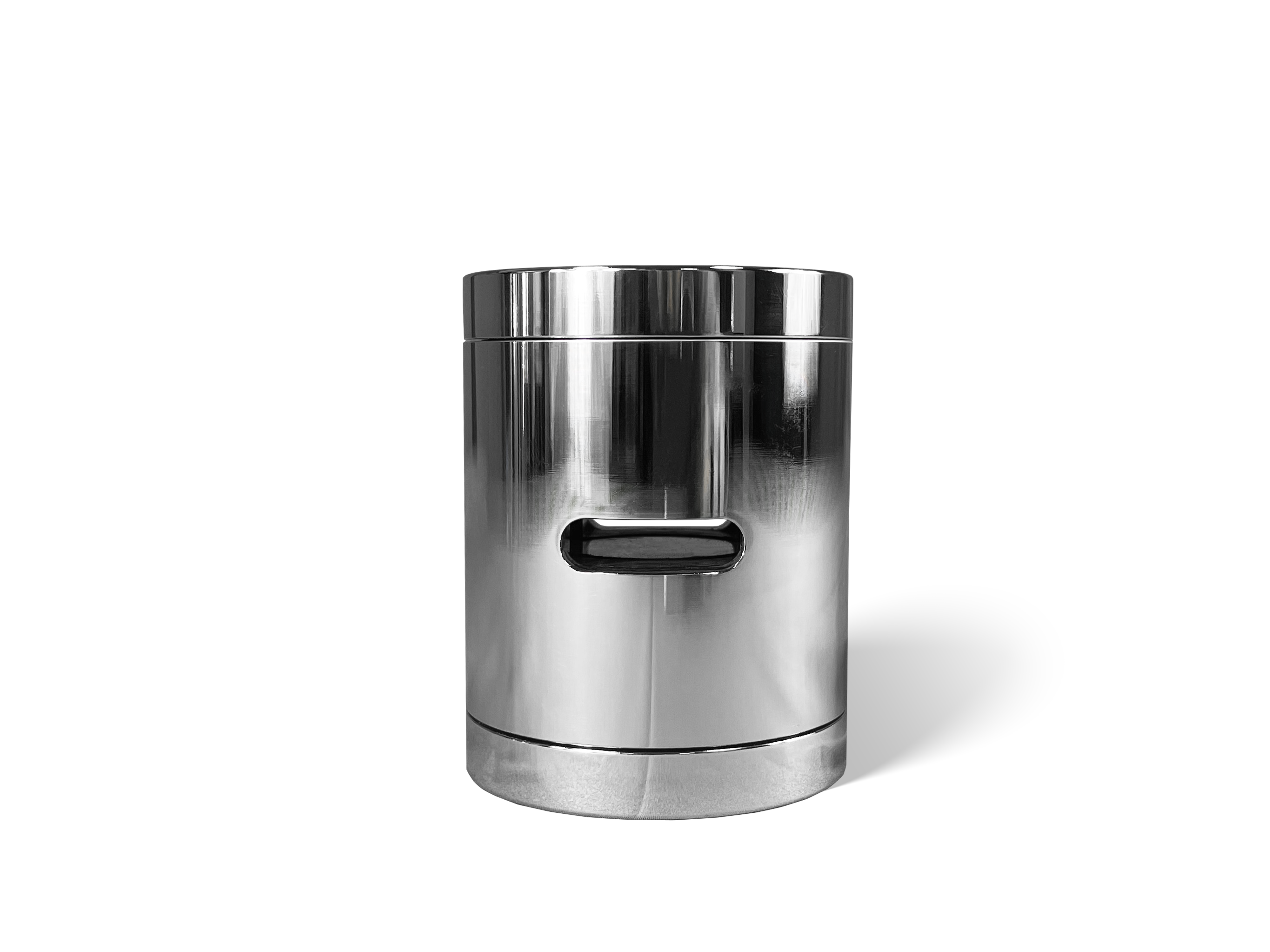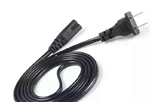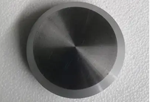
Search For Your Exact Product Here
Choose The One That Suits Your Needs Permanent Magnet
-
 Learn More
Learn MoreAxial-Direction Permanent Magnet
Product Description
The Axial-Direction Permanent Magnet is composed of the array of Neodymium-Iron- Boron Magnets which have a special shape. The magnet features a Through Hole in the Central Axis of the magnetic field, the high Magnetic Field Strength, and Small Size. It is suitable for Optical Experiments and the Probe Calibration along the Axis Direction.
Learn More About Our Permanent Magnet
-

Standard Permanent Magnet
WD type electromagnet (also known as Weiss type or U-shaped electromagnet), with adjustable magnetic field and air gap in both directions, single yoke structure, and horizontal magnetic field direction.
-

Adjustable Air Gap Permanent Magnet
WD type electromagnet (also known as Weiss type or U-shaped electromagnet), with adjustable magnetic field and air gap in both directions, single yoke structure, and horizontal magnetic field direction.
-

Haier Beck Permanent Magnet
WD type electromagnet (also known as Weiss type or U-shaped electromagnet), with adjustable magnetic field and air gap in both directions, single yoke structure, and horizontal magnetic field direction.
Permanent Magnet Product Accessories
-

Closed Loop Control System
WD type closed-loop control system
-

Power Line
WD type electromagnetic power cord
-

Probe Holder
WD type electromagnetic probe holder
-

Pure Iron Tip
WD type electromagnet pure iron pole head
-

High precision electric control turntable
WD type high-precision electromagnetic control turntable
-

Manual Turntable
WD type manual turntable
The field air gap is adjustable in both directions, with a single yoke structure and a horizontal magnetic field direction; Standing upright and having a wide operating space, it is convenient for taking and placing samples and combining with other equipment, making it one of the most common electromagnetic magnets in magnetic research. Used for Hall effect research and magnetoresistance effect research.
The field air gap is adjustable in both directions, with a single yoke structure and a horizontal magnetic field direction; Standing upright and having a wide operating space, it is convenient for taking and placing samples and combining with other equipment, making it one of the most common electromagnetic magnets in magnetic research. Used for Hall effect research and magnetoresistance effect research.
The field air gap is adjustable in both directions, with a single yoke structure and a horizontal magnetic field direction; Standing upright and having a wide operating space, it is convenient for taking and placing samples and combining with other equipment, making it one of the most common electromagnetic magnets in magnetic research. Used for Hall effect research and magnetoresistance effect research.
The field air gap is adjustable in both directions, with a single yoke structure and a horizontal magnetic field direction; Standing upright and having a wide operating space, it is convenient for taking and placing samples and combining with other equipment, making it one of the most common electromagnetic magnets in magnetic research. Used for Hall effect research and magnetoresistance effect research.
The field air gap is adjustable in both directions, with a single yoke structure and a horizontal magnetic field direction; Standing upright and having a wide operating space, it is convenient for taking and placing samples and combining with other equipment, making it one of the most common electromagnetic magnets in magnetic research. Used for Hall effect research and magnetoresistance effect research.
The field air gap is adjustable in both directions, with a single yoke structure and a horizontal magnetic field direction; Standing upright and having a wide operating space, it is convenient for taking and placing samples and combining with other equipment, making it one of the most common electromagnetic magnets in magnetic research. Used for Hall effect research and magnetoresistance effect research.
The field air gap is adjustable in both directions, with a single yoke structure and a horizontal magnetic field direction; Standing upright and having a wide operating space, it is convenient for taking and placing samples and combining with other equipment, making it one of the most common electromagnetic magnets in magnetic research. Used for Hall effect research and magnetoresistance effect research.
The field air gap is adjustable in both directions, with a single yoke structure and a horizontal magnetic field direction; Standing upright and having a wide operating space, it is convenient for taking and placing samples and combining with other equipment, making it one of the most common electromagnetic magnets in magnetic research. Used for Hall effect research and magnetoresistance effect research.
The field air gap is adjustable in both directions, with a single yoke structure and a horizontal magnetic field direction; Standing upright and having a wide operating space, it is convenient for taking and placing samples and combining with other equipment, making it one of the most common electromagnetic magnets in magnetic research. Used for Hall effect research and magnetoresistance effect research.







